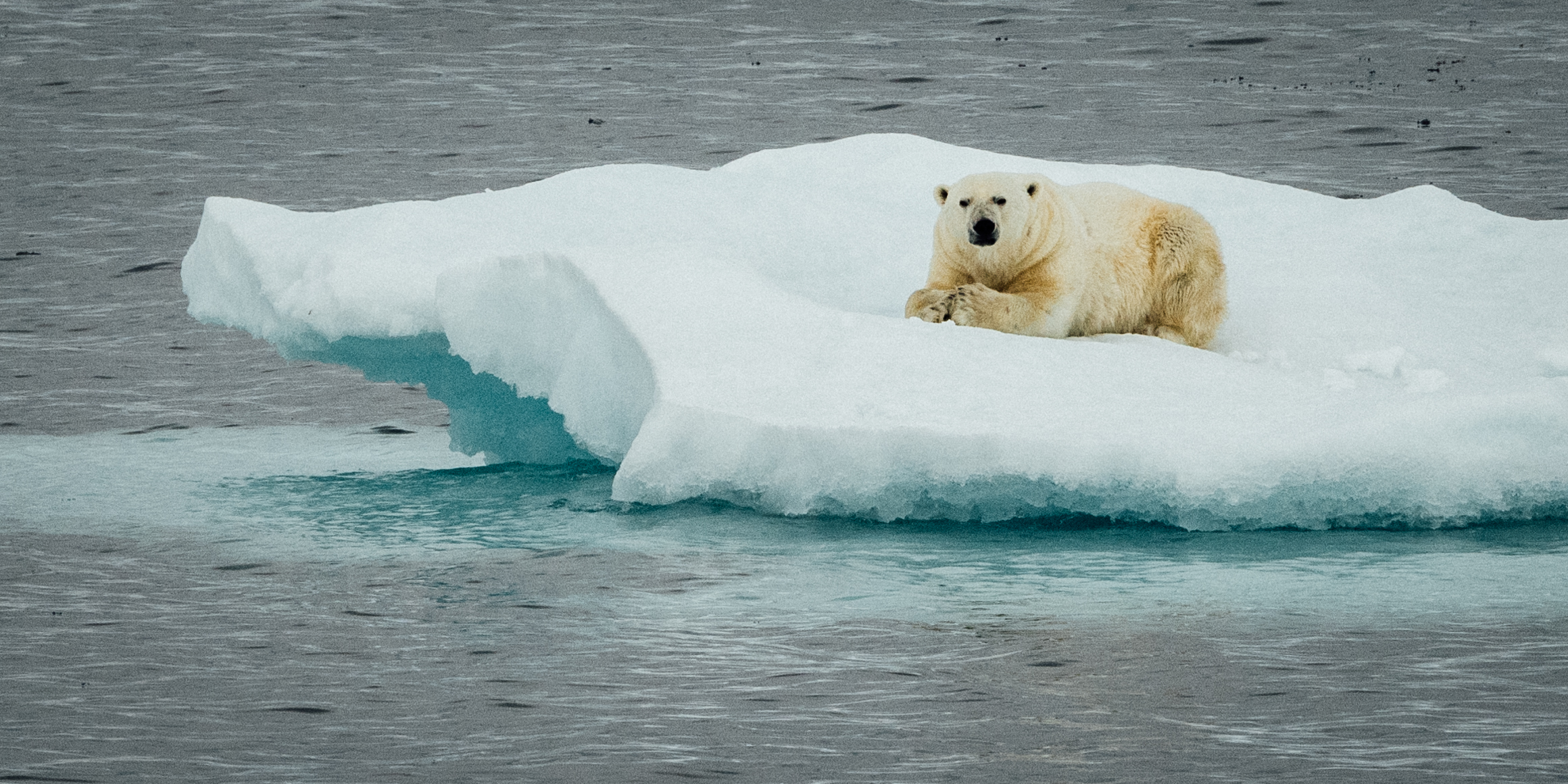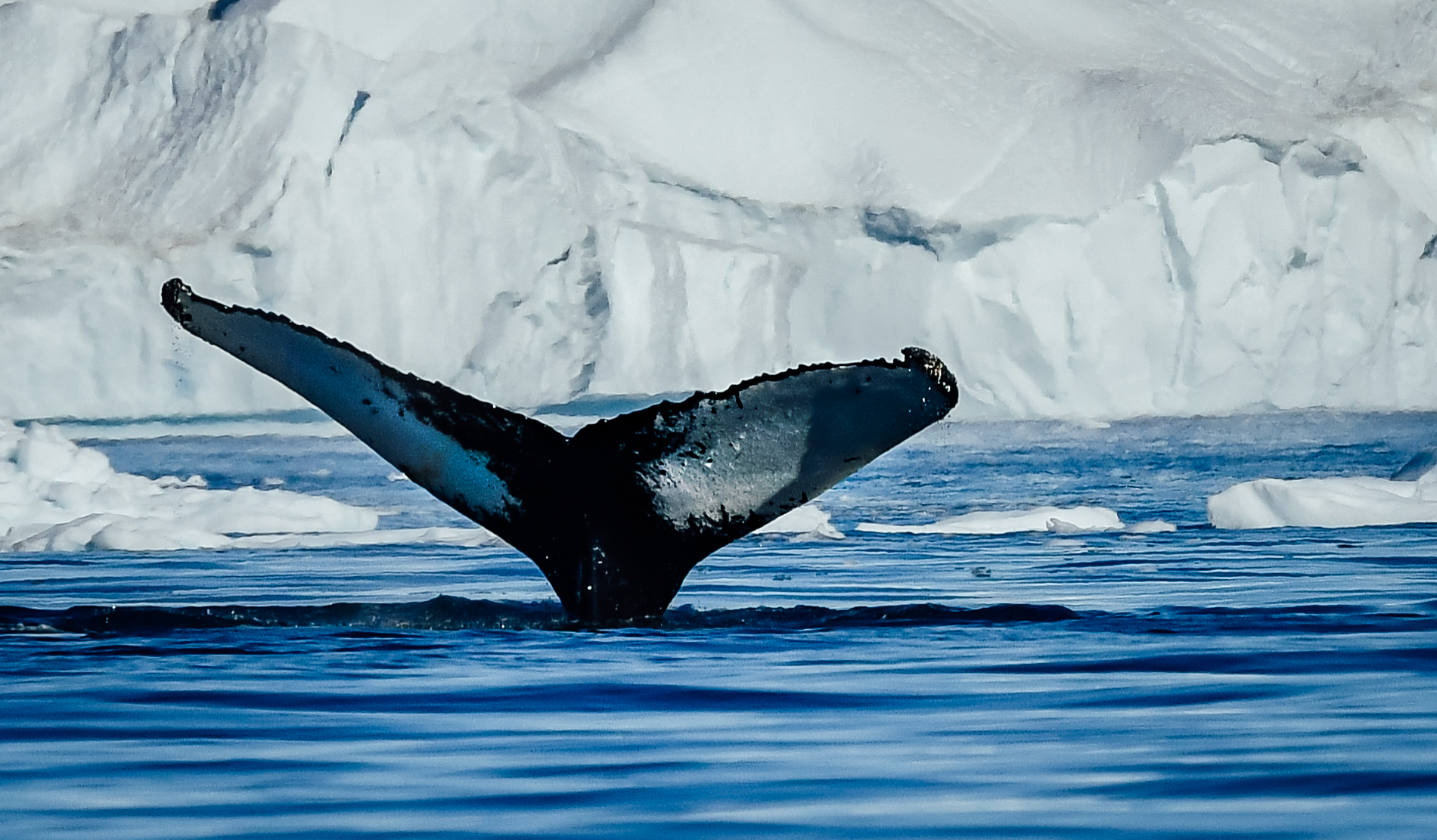Making a difference in a warming Arctic
This week’s United States-Canada Joint Arctic Leaders’ Statement is full of commitments that point toward a more sustainable future for the Arctic, from hitting pause on oil and gas licensing to making green energy a reality in the North.

With your help, WWF-Canada’s Arctic program has been making headway on some of the issues targeted in the statement. Here’s what you’ve been helping us do:
On curbing offshore oil and gas licensing
- Over the last several years, WWF has made numerous submissions to the National Energy Board outlining the risks of Arctic drilling. We also made an interactive map outlining 22 different oil spill scenarios in the Beaufort Sea for communities, industry and regulators to use as a decision-making tool.
On deploying renewable energy
- In September 2016, WWF co-hosted an Arctic Renewable Energy Summit in Iqaluit, Nunavut with federal and Nunavut governments and the Qulliq Energy Corporation to bring all the Arctic renewable energy players together to learn about the reliability and affordability of this resource.
- We recently released a study by the Waterloo Institute of Sustainable Energy that shows renewable energy would result in millions in savings over two decades in at least five Arctic communities.
On the Last Ice Area
- Since 2008, WWF has been researching wildlife in the Last Ice Area, learning about sea ice habitat and the impacts of climate change to create a boundary for conservation.
- We supported Inuit calls for an expanded boundary for the proposed Lancaster Sound national marine conservation area (at the southern edge of the Last Ice Area) that would include important wildlife habitat. Earlier this year, in response to a lawsuit launched by WWF, Shell relinquished oil and gas exploration permits near Lancaster Sound – thereby removing the last hurdle to the preferred boundary identified by Inuit communities.
On safe shipping lanes
- For several years, WWF has been working with industry partners like Fednav to create a framework for sustainable shipping in the Arctic.
- This year, we released a Mariner’s Guide for the Hudson Strait to help ships’ crews quickly and easily identify marine mammals, and know where to expect and how to avoid species in summer and winter.

On heavy fuel oil
- WWF-Canada has raised awareness about the need for a phase-out of HFO in the Arctic. Unfortunately, this was not addressed in the Polar Code, which takes effect on Jan. 1, 2017. However, both Canada and the U.S. have agreed to phase-down HFO in the Arctic, which is a step in the right direction.
Though the Joint Arctic Leaders’ Statement is encouraging, we’re nowhere near done. With your continued support, we will:
- work to ensure Canada’s Arctic waters remain off-limits indefinitely to oil and gas extraction, and continue to make the case for giving equal consideration to community needs, wildlife and habitat when making decisions on existing permits;
- help government and the International Maritime Organization phase out the use of HFO in the Arctic, so wildlife and habitat are never subjected to a catastrophic spill;
- work with Inuit communities to help identify the most ecologically and biologically significant areas that should be considered for marine protection;
- pursue protections for calving grounds for caribou, who face devastating population declines and have just been classified as “threatened” by COSEWIC, in hopes of giving this iconic species a chance to rebound;
- expand our human-polar bear conflict work to other communities.
Together we are making a difference in the Arctic. We look forward, with your ongoing support, to more success in the new year.
